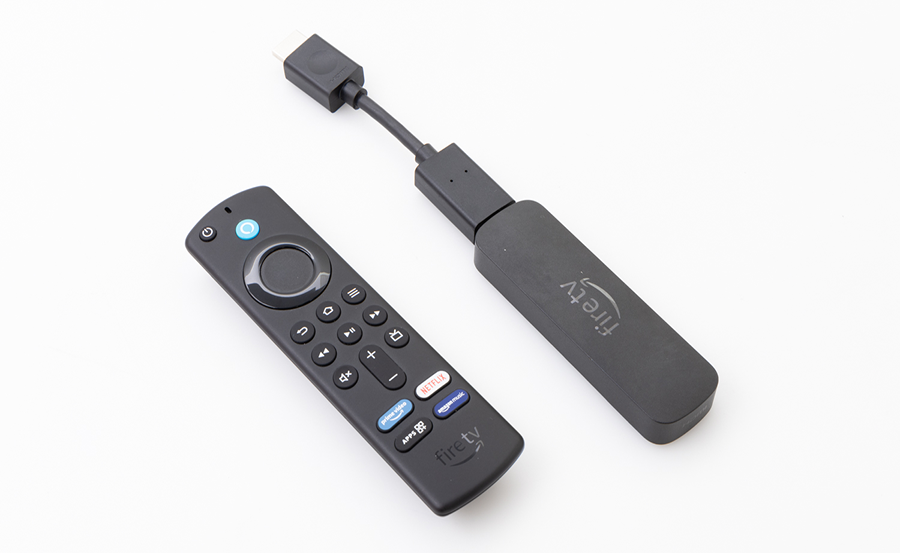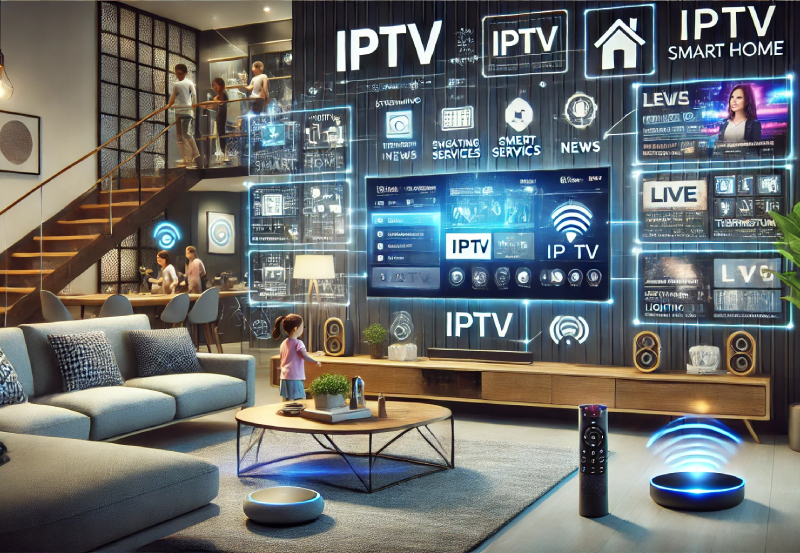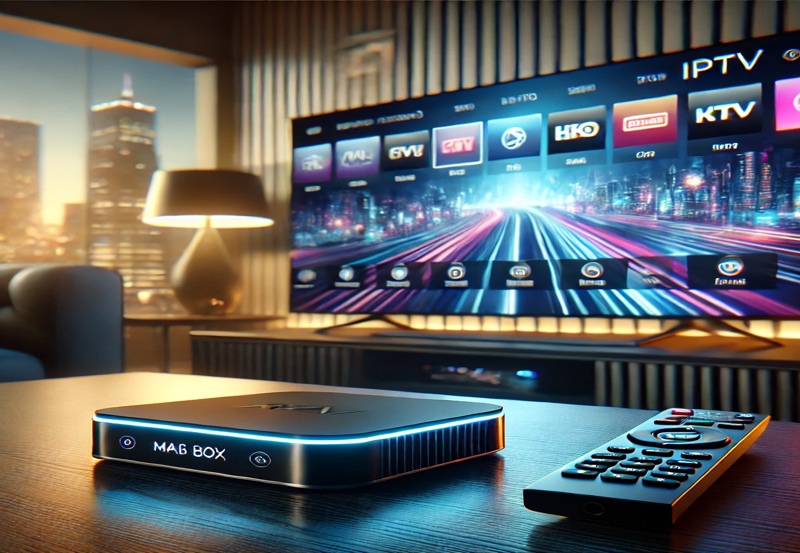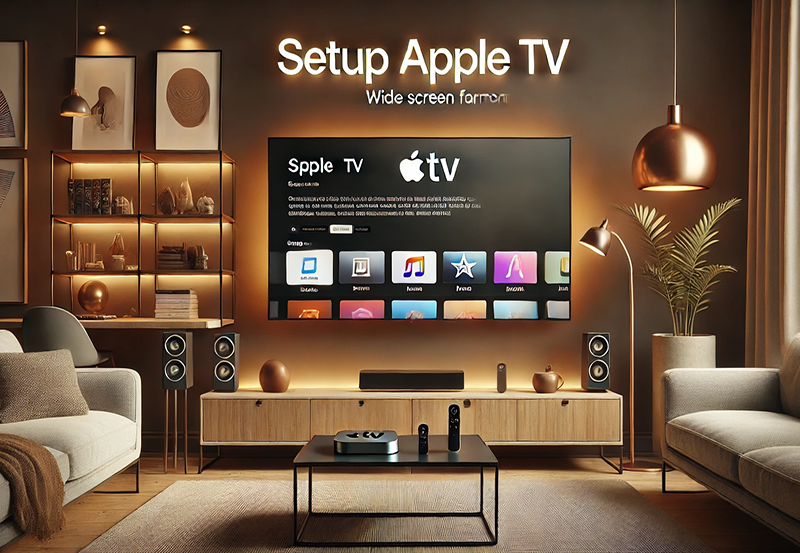In today’s digitally-driven world, the way we consume television content has transformed dramatically. The traditional cable box is becoming a relic of the past as streaming devices take center stage. Two of the most popular options in this arena are Amazon’s Firestick and Google’s Chromecast. Both these devices promise to upgrade your TV experience today, but each has its unique strengths and weaknesses. So, how do you choose between them? This comprehensive article aims to provide a thorough comparison to help you decide the best option for the high-quality IPTV service you’re seeking.
An Overview: Firestick and Chromecast
The Evolution of Streaming Devices
The era of streaming devices dawned with the rise of on-demand content, allowing viewers to stream a vast array of shows and movies directly to their televisions. As pioneers in this field, Firestick and Chromecast have been instrumental in revolutionizing home entertainment by offering extensive libraries and cutting-edge technology.
The Firestick, introduced by Amazon, is praised for its user-friendly interface and vast app ecosystem, making it a favorite for those seeking the best IPTV experience. Meanwhile, Chromecast, a product of Google’s innovation, is lauded for its simplicity and seamless integration with Google services. Both devices have undergone significant upgrades, enhancing their features and providing users with more choices than ever before.
Smart Advice:
Catch every touchdown, goal, or slam dunk with IPTV for sports lovers, built for non-stop sports excitement.
How Does Each Device Work?
Understanding how these devices operate is key to choosing the one that suits your needs. The Firestick functions much like a mini-computer. Plug it into an HDMI port on your TV, and it gives you access to a wide array of apps once connected to Wi-Fi. Its remote control with voice command capability adds to its appeal for tech-savvy and casual users alike.
On the other hand, Chromecast operates through casting. Connect it to your TV, then use your smartphone, tablet, or computer to stream content. It relies heavily on the companion device but offers a seamless transition for those immersed in the Google ecosystem, allowing quick access to Google Play, Chrome browser, and other integrated services.
Key Features Compared
Playback and Resolution Capabilities
For many consumers, the ability to stream high-quality content is the primary consideration. Firestick offers 1080p full HD across its standard models, with 4K UHD available in its more premium versions. This advancement meets the need for high-quality IPTV services, ideal for users who don’t want to compromise on visual fidelity.
Chromecast doesn’t lag behind, offering similar full HD streaming in its basic model, with 4K Ultra HD available with Chromecast Ultra. This makes both devices suitable for streaming vibrant, clear images and videos, provided you have a reliable internet connection.
Interface and Usability
When it comes to user interfaces, Firestick shines with its refined home screen and built-in Alexa voice assistant, enabling easy navigation across apps and services. The interface is intuitive and adaptable, meaning it can suit both beginners and advanced users.
Although Chromecast doesn’t feature a standalone interface, it integrates well with your existing ecosystem, using apps on your mobile devices as remotes. This absence of a traditional interface might be less attractive to some users, but it offers a simplicity that tech enthusiasts might appreciate.
Performance and User Experience
Speed and Reliability
Speed is crucial for maintaining seamless streams and the overall viewing experience. Firestick devices are equipped with powerful processors and sufficient RAM to ensure a smooth, lag-free performance even when multiple apps are in use.
Chromecast, benefitting from Google’s technological prowess, is known for its fast connection speeds and reliable performance. Its ability to stream simultaneously to multiple devices without compromising on quality is a significant advantage for households with diverse viewing habits.
App Availability and Variety
A significant part of the streaming device experience hinges on app availability. Firestick boasts an extensive app store with hundreds of entertainment, utility, and gaming applications, providing a vast library that garners appeal from diverse audiences.
Chromecast also offers a substantial selection through Google Play Store, although it relies on compatible apps installed on a casting device. This could limit access to some applications or functionality, making Firestick a potentially better fit for users seeking a broader range of entertainment options.
Cost and Value for Money
Upfront Costs
The decision to purchase often comes down to cost considerations. Firestick has a range of models with prices suited to different budget levels, from the Firestick Lite to the higher-end Firestick 4K Max. These options make it easy for consumers to find a device that aligns with their financial priorities.
Chromecast, too, offers models across a similar price spectrum, from the basic Chromecast to the feature-rich Chromecast Ultra, making it accessible to a varied audience while delivering good value for money.
Long-term Investment
Beyond the initial cost, ongoing investment includes subscriptions to the services you wish to access. Firestick may present additional expenses if you need to expand storage or purchase compatible peripherals, but these investments often enrich the user experience notably.
Chromecast’s long-term costs are typically associated with subscriptions and occasional upgrades. However, its reliance on a separate device for operation might mean fewer unexpected expenses, appealing to budget-conscious users.
User-Friendly Features and Extra Perks
Parental Controls and Accessibility
For households with children, parental controls are a significant factor. Firestick offers comprehensive parental control settings, allowing parents to restrict content and manage viewing times, ensuring peace of mind and safe content consumption.
Chromecast does not intrinsically feature dedicated parental controls but allows for controlled access through app-specific settings from the casting device. This capability might require a little more effort but achieves similar results.
Additional Benefits and Integrations
Integration with smart home devices is an added perk that can enhance your streaming experience. Firestick, with Alexa integration, provides a cohesive experience for those who use Amazon’s range of smart devices.
Chromecast complements Google Home products, offering synergy with a suite of Google services and ensuring smooth operation across devices by leveraging its advanced AI capabilities.
A Final Glance: Which Device Fits Your Lifestyle?
Choosing between Firestick and Chromecast ultimately boils down to your unique preferences and how you engage with your smart home ecosystem. If you desire a comprehensive interface and a wide range of applications to access high-quality IPTV, Firestick is a worthy consideration. It aligns well with users who appreciate voice control and seamless integration with Amazon services.
Alternatively, for users who are deeply rooted in Google’s ecosystem, Chromecast offers a streamlined experience with robust performance and casting capabilities. It’s a savvy choice for those prioritizing speed, collaboration, and using familiar devices for control and playback.
While both devices serve to upgrade your TV experience today, carefully weighing these criteria will aid in finding the perfect fit for your requirements.
FAQs: Clearing The Air

Can I watch live TV on both Firestick and Chromecast?
Yes, both devices support live TV streaming through a variety of apps. With access to platforms such as Hulu Live, YouTube TV, and Sling TV, you can stream live broadcasts directly to your TV.
Do I need a separate power source for these devices?
Yes, both Firestick and Chromecast require a power source. Typically, they come with USB cables and adapters that connect to your TV or an electrical outlet for power.
Is it easy to switch between Firestick and Chromecast interfaces?
Switching between the two might require unplugging one device and connecting the other, as both are standalone units linked through your TV’s HDMI ports. It’s a straightforward process, usually manageable in a matter of minutes.
Which device offers better compatibility with third-party services?
Firestick generally boasts a wider range of third-party compatibility due to its app ecosystem, allowing for greater access to various streaming services and utilities. Chromecast, however, maintains strong support for apps within Google’s ecosystem.
Are there subscription costs beyond the initial purchase?
Yes, both devices require subscriptions for content platforms you choose to access, such as Netflix, Prime Video, and others. These are separate from the initial purchase cost of the devices themselves.
Do both devices support 4K streaming?
Both Firestick and Chromecast offer 4K streaming in their advanced models. Ensure that your model supports this feature and that you have a compatible TV and strong internet connection for optimal streaming quality.
What is the warranty policy for these devices?
Warranty policies can vary by retailer and region, but both Amazon and Google typically offer a one-year limited warranty covering device defects and malfunctions. Be sure to check the specific terms applicable in your region.
Beelink GT King Pro: The Future of Android TV Boxes





